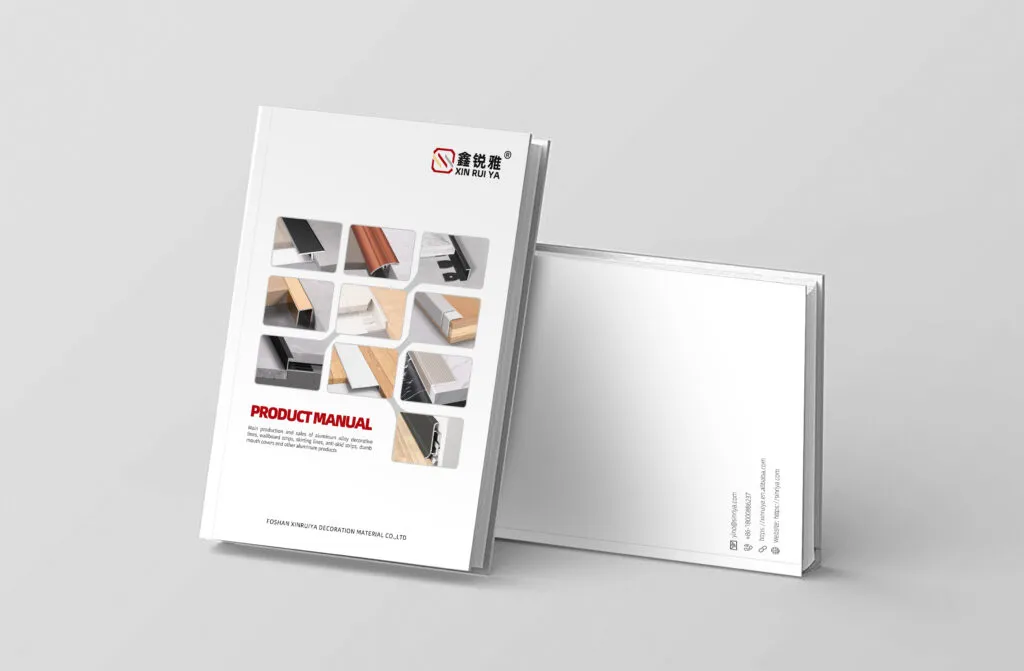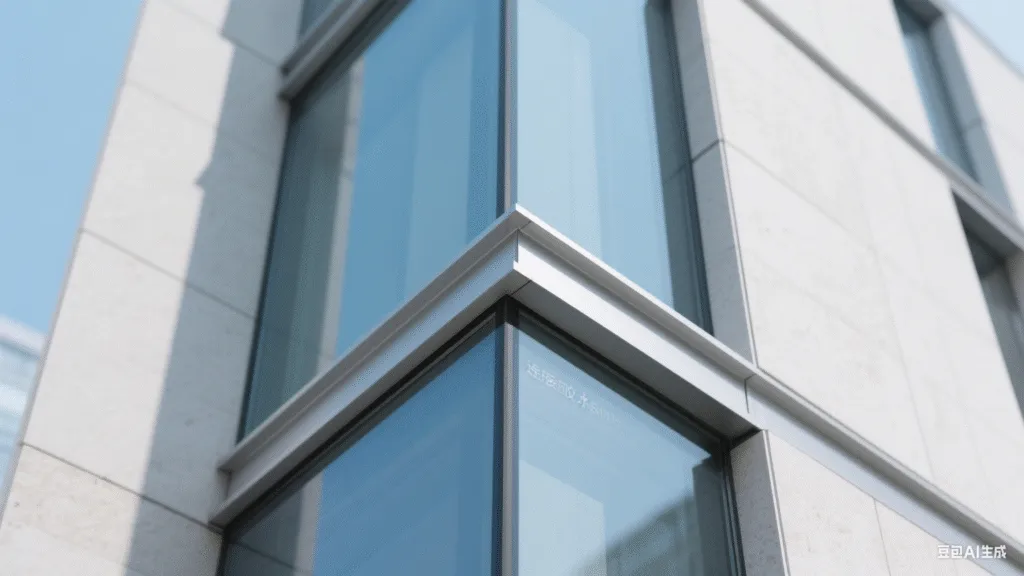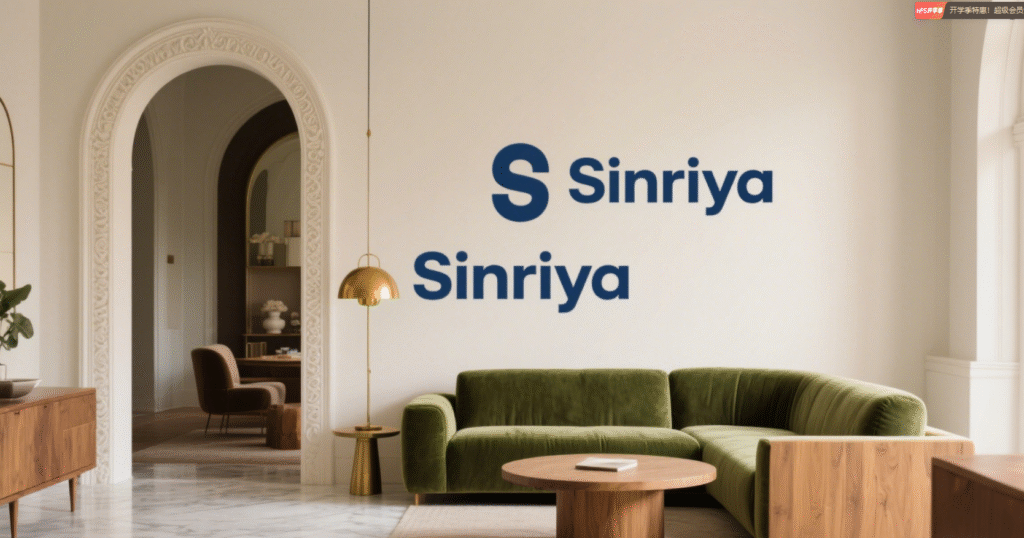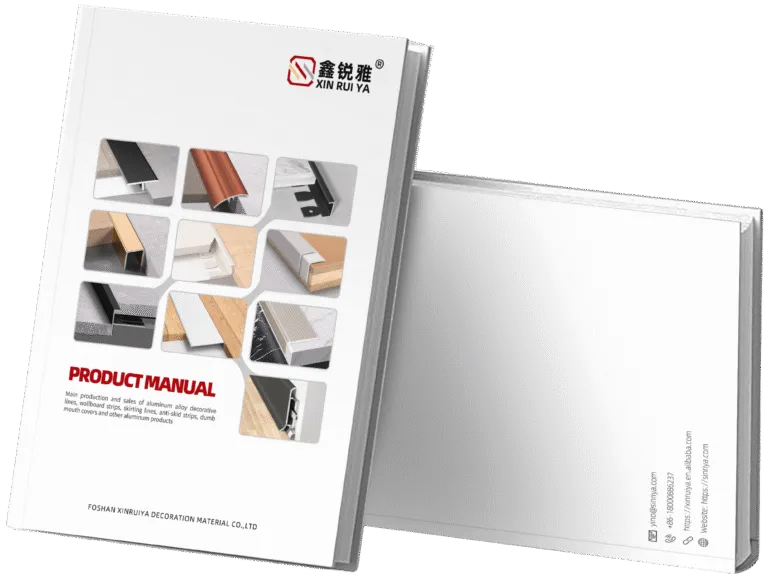Outside the Blueprint: An Architect’s Perspective on Why Materiality Defines Contemporary Design
Being a WordPress operations expert and team member in chief here at Sinriya, my universe is that of the confluence of digital strategy and physical building materials. My interest is in aluminum—a material that is transforming our architectural landscape. I had the privilege of sitting down recently with legendary architect Mr. Alistair Finch, one of our veteran partners and a mastermind in his field. We talked about how even the smallest things, like aluminum trim, are not cosmetic features but intrinsic features that can make or break the success and sustainability of an undertaking. It was a reminder of sorts, grounded in humility, as to why we do what we do at Sinriya.
Why are little things like trim so crucial in a large project?
Alistair began by dispelling a common myth. “Trim is seen by many as a trim detail, a final flourish,” he stated. “But in the real world, it’s the glue that holds big elements together. It’s the humble workhorse that does transition, protects fragile edges, and creates the crisp clean lines that make up modern look.” He said that on an over-all scale, these details are stretched out. A poorly chosen or mounted trim will destroy the entire visual continuity of a facade or an interior. It’s not a matter of closing a gap; it’s a matter of design sophistication. Using extruded aluminum trim over panel joints, say, takes a functional necessity and turns it into a deliberate, expressive architectural element. It’s this elevation of the mundane to the heroic that separates great design from good design. At Sinriya, we share this philosophy, viewing every profile we create not as a product, but as part of the architect’s vision.
Why are modern architects so keen on the use of aluminum?
“Versatility and performance,” I answered without blinking. The unique combination of qualities inherent in aluminum make it heaven for designers. It has an outstanding strength-to-weight ratio, valuable in modern construction where we are constantly trying to be more creative in design, from skyscraper to complex facades. Lightness reduces the structural load on the building, potentially opening up more efficient and sustainable building methods. Furthermore, aluminum’s inherent corrosion resistance makes it ideal for both external and internal applications, an advantage we enhance further with high-tech finishing processes. From a green perspective, it’s a star. Aluminum can be recycled indefinitely without degradation of quality, a feature that has seen it reach green building certifications like LEED. “When I specify aluminum,” Alistair explained, “I’m not just thinking about the first impression of the building; I’m considering its entire life.”
Are all aluminum trims created equal?
How do you choose a suitable finish for the look and lifespan of the project?
“The finish is a dialogue between beauty and durability,” Alistair responded. He described the two predominant choices for architectural aluminum: powder coating and anodizing. Anodizing is an electrochemical coating that doesn’t add a finish, but rather bonds the finish to the aluminum, making it highly resistant to peeling, chipping, and corrosion. It is therefore a preferable choice for heavy-wear or aggressive environments. The color choice being more limited, it creates a rich, metallic look which is hard to replicate. Powder coating has a lot of colors and textures available, though. It involves applying an electrostatically charged dry powder and then heat curing it to produce a hard finish. While very resilient, it is a surface coating and can chip on harsh impact, which could expose the underlying metal. In most situations, a high-quality PVDF (Polyvinylidene Fluoride) coating is also available, which is perhaps most famous for its excellent weathering and UV resistance. The choice lies entirely in the individual needs of the project—compromising visual intention against environmental wear and tear and intended wear and tear.
Have you got a case of a troublesome design solved by a specific trim?
Alistair recalled a recent advertising job on a massive, curved feature wall covered in high-end wood cladding. “The transition from the curved wall to the flat ceiling was a real challenge,” he said. “A standard trim would have been impossible to fit, and a custom-milled wood solution was out of the question.” That is when a team effort stepped in to save the day. Following discussions on the issue with our Sinriya team, we proposed a custom-extruded aluminum reveal trim. With a new die, we managed to produce a profile that perfectly replicated the wall’s distinctive curve. We used a Z-profile design to create a smooth, in-dash-channel appearance that not only fit the transition perfectly but also added that extra touch of refined shadow line, which enhanced the overall appearance. This tiny, custom component relieved a big design headache and pushed the final look up, demonstrating how a talented and versatile provider is an architect’s best instrument.
What on-site issues do most tend to overlook with aluminum installations?
“A great material can be devalued by bad installation,” Alistair stated firmly. “One of the most essential, yet most commonly overlooked, factors is thermal expansion and contraction.” Aluminum, being a metal like every other metal, will expand when it is hot and contract when it is cold. If this travel is not accounted for, it will create buckling, warping, or failure at a joint down the road. Fully trained installers will ensure that trims are not fastened too tightly and correct expansion gaps are allowed where necessary. Another factor is the maintenance of the finish in construction. Anodizing and powder coating finishes are scratch- and abrasion-resistant but not entirely immune to scratch or abrasion marking by tools from neighboring building materials. Taking proper trade sequencing and using protective films until the last processes are simple steps that ensure the finish’s integrity. It’s this kind of applied, hands-on experience that we provide our clients with for a mistake-free result.
How does a supplier partnership influence the creative process?
“It’s transformative,” Alistair emphasized. “A trusting, experienced relationship goes beyond a simple transactional exchange. When I’m working with a supplier such as Sinriya, I’m not just purchasing an element; I’m hiring a collaborator.” This collaboration enables him to present difficult design problems to the table, sure he has access to a massive group of people with deep material and manufacturing knowledge to help solve the problem. It opens access to bespoke-die development for odd-shaped profiles, getting honest advice on the best alloy or finish for an environment, and ensuring the end product will live up to rigorous specifications. This collaborative potential doesn’t just solve problems; it provides new creative possibilities, allowing architects to push design parameters with assurance. It makes the supplier an integral part of the design team.”
What trends do you see for metalwork in buildings in the future?
Alistair sees an even more minimalist and integrated future direction. “The trend is for trims to be less conspicuous, yet more functional,” he predicted. We are witnessing greater demand for ultra-slim profiles and reveal trims that create subtle, clean lines without visual interruption. Another exciting area is technology integration, such as integrating LED lighting channels into aluminum profiles for ceiling coves, stair nosing, or baseboards. That brings form and function together in a beautiful way. As for finishes, he sees more popularity for textured powder coats and new anodizing colors that mimic other materials with greater durability and lower maintenance. Sustainability will continue to be an important driver, with greater focus placed on calling out for high recycled content and end-of-life recyclable materials, where aluminum is a strong performer.
My conversation with Alistair Finch reaffirmed Sinriya’s guiding principles. We’re not just a manufacturer; we’re collaborators dedicated to the science and craft of construction. We understand that the right aluminum trim, specified and shipped with know-how, is an important factor in bringing visionary concepts into reality.
To architects, designers, and builders who will accept nothing less than excellence and seek a partner who shares your dedication to excellence, we are here. If you have a technical inquiry or a tricky design issue, we’ve got specialists on hand ready to help.
Let’s make something great together. If you need help or would like to discuss your project needs, get in touch with us. We are the architects’ specialists in aluminum trim architecture.
Focus Keywords
architectural aluminum trim
aluminum extrusion profiles
commercial building materials
Sinriya aluminum
architecture aluminum material specification
References
The Aluminum Association: https://www.aluminum.org/
Architectural Digest: https://www.architecturaldigest.com/
ASTM International: https://www.astm.org/
Sources
help
asa.or.th
iqubx.com
americandouglasmetals.com
gtoaluminum.com
aluminumstock.com
elkamehr.com
zzfittings.com
machining-quote.com
enzemfg.com
aircraftaluminium.com
xometry.pro
valencesurfacetech.com
hugh-aluminum.com
xtrametal.com
iqsdirectory.com
orangealuminum.com
sinoalex.com
archiflo.com
archiflo.com
kamiltaner.com
aluminum.org







lovart
Lovart AI Design Agent is a game-changer for creative workflows, blending AI and design tools seamlessly. The tri-modal interaction is especially smart for intuitive ideation. Excited to see it evolve! Lovart AI Design Agent